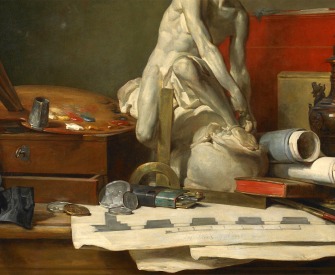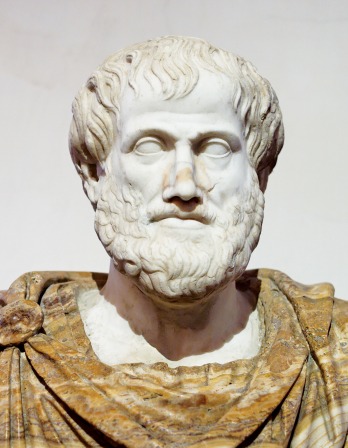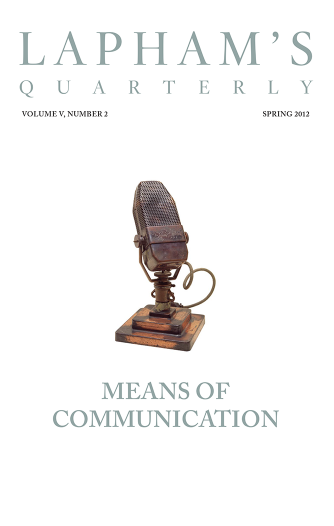Art can in no way be a fashion. As little as the character and the blood of our people will change, so much will art have to lose its mortal character and replace it with worthy images expressing the life course of our people in the steadily unfolding growth of its creations.
Cubism, Dadaism, Futurism, Impressionism, etc., have nothing to do with our German people: for these concepts are neither old nor modern, but are only the artifactitious stammerings of men to whom God has denied the grace of a truly artistic talent, and in its place has awarded them the gift of jabbering or deception. I will therefore confess now in this very hour that I have come to the final, inalterable decision to clean house—just as I have done in the domain of political confusion—and from now on rid the German art life of its phrase mongering.
“Works of art” which cannot be understood in themselves, but, for the justification of their existence, need those bombastic instructions for their use—these works of art from now on will no longer find their way to the German people. All those catchwords: “inner experience,” “strong state of mind,” “forceful will,” “emotions pregnant with the future,” “heroic attitude,” “meaningful empathy,” “experienced order of the times,” “original primitivism,” etc.—all these dumb, mendacious excuses, this claptrap or jabbering will no longer be accepted as excuses or even recommendations for worthless, integrally unskilled products.
I have observed among the pictures submitted here quite a few paintings which make one actually come to the conclusion that the eye shows things differently to certain human beings than the way they really are, that is, that there really are men who see the present population of our nation only as rotten cretins; who, on principle, see meadows blue, skies green, clouds sulphur yellow, and so on—or, as they say, experience them as such. I do not want to enter into an argument here about the question of whether the persons concerned really do or do not see or feel in such a way, but in the name of the German people, I want to forbid these pitiful misfortunates who quite obviously suffer from an eye disease, to try vehemently to foist these products of their misinterpretation upon the age we live in, or even to wish to present them as “Art.”
No, here there are only two possibilities: either these so-called artists really see things this way and therefore believe in what they depict; then we would have to examine their eyesight deformation to see if it is the product of a mechanical failure or of inheritance. In the first case, these unfortunates can only be pitied; in the second case, they would be the object of great interest to the Ministry of Interior of the Reich, which would then have to take up the question of whether further inheritance of such gruesome malfunctioning of the eyes cannot at least be checked. If, on the other hand, they themselves do not believe in the reality of such impressions but try to harass the nation with this humbug for other reasons, then such an attempt falls within the jurisdiction of the penal law.
I do not want anybody to have false illusions: National Socialism has made it its primary task to rid the German Reich, and thus the German people and its life, of all those influences which are fatal and ruinous to its existence. And although this purge cannot be accomplished in one day, I do not want to leave the shadow of a doubt as to the fact that sooner or later the hour of liquidation will strike for those phenomena which have participated in this corruption.
Translated by Ilse Falk. © 1968 by the Regents of the University of California. Used with permission of University of California Press.
From an address given at the first annual Great German Art Exhibition. A day after Hitler delivered this address, the Degenerate Art Exhibition, also state sponsored, opened, displaying decadent works of the Weimar period—canvases by Kandinsky and Klee were clumsily attached to walls on which were scrawled slogans such as “Crazy at Any Price.”
Back to Issue





